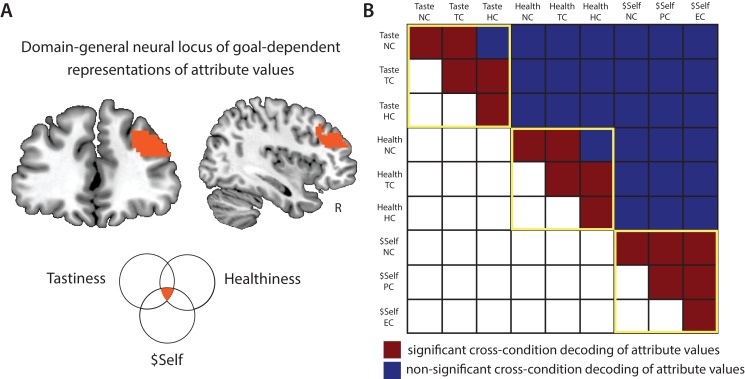Figure 5. Domain-general locus of goal-dependent attribute coding.
(A) Conjunction of voxels in DLPFC that flexibly encoded attribute values of Healthiness, Tastiness, and $Self across conditions within the respective task (p < 0.05, FWE corrected at cluster-level). (B) Cross-condition decoding analyses tested for shared neural code in the DLPFC conjunction area across attributes and regulatory goals. Multivariate SVR models were trained on data in one condition (e.g. Taste NC) and tested on another (e.g. Taste TC), and vice versa (2-fold cross-validation; within-cell sanity checks used split-half approach). Red illustrates significant cross-condition decoding, blue illustrates non-significant results (permutation tests, cutoff-values of 95th percentile of empirical null-distribution). Within-attribute decoding (yellow frames): similar neural codes in DLPFC encode values of an attribute across contexts/regulatory conditions (with the exception of 2 of 18 tests). Cross-attribute decoding: neural response patterns that encode values of one attribute don’t allow predicting values of another attribute (neither within-task [tastiness-healthiness] nor across tasks [tastiness-$Self, healthiness-$Self]), independent of contexts. This pattern of results indicates that goal-sensitive representations of attribute values in DLPFC rely on attribute-specific neural codes.

